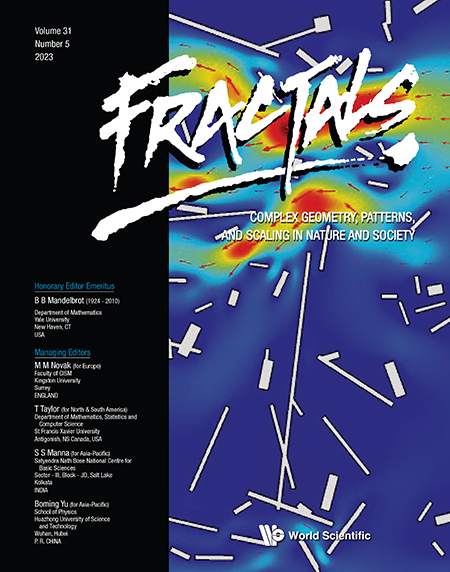STRESS-DEPENDENT MODELS FOR PERMEABILITY AND POROSITY OF FRACTURED ROCK BASED ON FRACTAL THEORY
Abstract
The hydro-mechanical coupling behavior of the fractured rock is constitutive in accurately modeling the seepage properties such as permeability and porosity. In this work, the stress-dependent models for permeability and porosity of the fractured rock are proposed by employing the fractal geometry theory and the two-part Hooke’s model (TPHM). The proposed models for the permeability and porosity are related to the effective stress and the microstructures of fractures, such as the fractal dimension (D0,f and Dσ,f), the maximum fracture length lσ,max, and fracture orientations (𝜃 and φ) as well as porosities (ϕ0 and ϕσ). The validity of the proposed permeability model coupled with stress is validated by comparison with the available experimental data. The model predictions agree well with the experimental data. The effects of microstructures of fracture networks in fractured rock on the dimensionless stress-dependent permeability and porosity as well as the fractal dimension for fracture areas are also discussed in detail. The proposed models may shed much light on the fundamental behavior of coupled hydro-mechanical properties of fractured rock.


